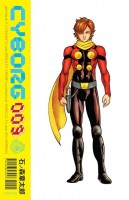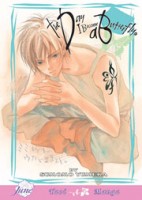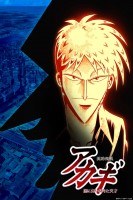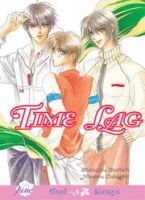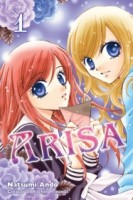
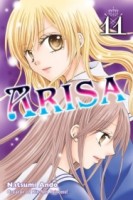 And the winner of the Arisa manga giveaway is…Ana Death Duarte!
And the winner of the Arisa manga giveaway is…Ana Death Duarte!
As the winner, Ana will be receiving copies of the first and most recent volumes of Natsumi Ando’s manga series Arisa to be released in English. (Namely, the first and eleventh volumes.) Because Arisa features a set of twins, for this giveaway I asked that entrants tell me a little about the twins that they’ve encountered while reading manga. Do check out the giveaway comments for all of the responses. And thank you to everyone who shared and participated!
Now, because I use giveaways as an excuse to compile lists, here are some of the manga licensed in English that feature twins:
Another written by Yukito Ayatsuji, illustrated by Hiro Kiyohara
Arisa by Natsumi Ando
Ax: Alternative Manga by Various
Basara by Yumi Tamura
Black Lagoon by Rei Hiroe
Blue Exorcist by Kazue Kato
Bond of Dreams, Bond of Love by Yaya Sakuragi
A Bride’s Story by Kaoru Mori
Cage of Eden by Yoshinobu Yamada
Deadman Wonderland written by Jinsei Kataoka, illustrated by Kazuma Kondou
Chobits by CLAMP
Clover by CLAMP
D.N. Angel by Yukiru Sugisaki
A Drunken Dream and Other Stories by Moto Hagio
Fushigi Yûgi: Genbu Kaiden by Yuu Watase
Ghost Hunt by Shiho Inada
Goth written by Otsuichi, illustrated by Kendi Oiwa
Grand Guignol Orchestra by Kaori Yuki
GTO: 14 Days in Shonan by Tohru Fujisawa
Hayate X Blade by Shizuru Hayashiya
Higurashi: When They Cry written by Ryukishi07
Jiu Jiu by Touya Tobina
Jyu-Oh-Sei by Natsumi Itsuki
King of Thorn by Yuji Iwahara
Knights of the Zodiac by Masami Kurumada
Mars by Fuyumi Soryo
Miracle Girls by Nami Akimoto
Monster by Naoki Urasawa
MW by Osamu Tezuka
No. 5 by Taiyo Matsumoto
Ouran High School Host Club by Bisco Hatori
Pandora Hearts by Jun Mochizuki
Papillon by Miwa Ueda
Pretty Face by Yasuhiro Kano
Revolutionary Girl Utena by Chiho Saito
Tokyo Babylon by CLAMP
Tsubasa: Reservoir Chronicle by CLAMP
The Twin Knights by Osamu Tezuka
Utahime by Aki
Utsubora by Asumiko Nakamura
Vampire Knight by Matsuri Hino
Vassalord by Nanae Chrono
xxxHolic by CLAMP
Zatch Bell by Makoto Raiku
Ze by Yuki Shimizu
The above list is mostly made up of manga that I have either read or that were mentioned by those participating in the giveaway. Although lengthy, it is by no means comprehensive; there are many, many more manga with twins (licensed and unlicensed) that could have been named. Thank you again to everyone who entered the giveaway! I hope you’ll stop by again when it’s time for the next one.



